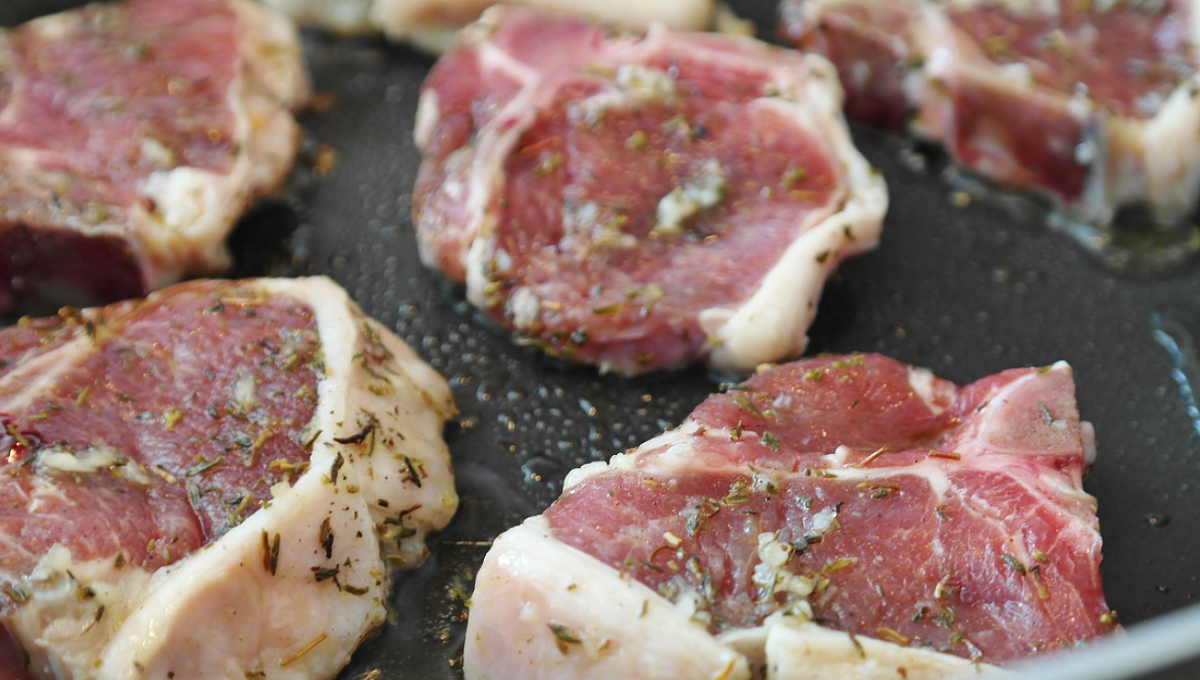A survey has updated knowledge on the level of Campylobacter and Salmonella on sheep meat. The Food Standards Agency (FSA) funded survey looked at microbial contamination on sheep carcasses in abattoirs in England and Wales. This included culled ewes (sheep over 12-months old) and lamb (sheep under 12-months).
It was run in conjunction with surveys funded by Defra and the PATH-SAFE research program. The last survey of microorganisms on sheep carcasses in England and Wales was in 2003. Twelve of 132 abattoirs in England and Wales took part, covering 28 percent of the annual sheep slaughterhouse throughput.
Abattoirs ranged in throughput from 3,000 to 756,000 sheep killed annually. In total, 1,282 carcass swab samples were collected from February 2023 to January 2024 . All samples were tested for the isolation and quantification of Salmonella, 366 were tested for Campylobacter, and 103 for Enterobacteriaceae; and E.
coli. E. coli and Enterobacteriaceae are typically carried in the intestines of most animals and are used as indicators of hygiene in the food industry.
Highlighted results Salmonella was detected in seven carcass swabs. Five isolates were a sheep-adapted type with no confirmed association with human disease. The other two isolates were Salmonella Typhimurium, which causes human illnesses.
In the UK, 517 outbreak-associated cases of Salmonella were attributed to consumption of lamb and beef products between 2015 and 2020, mostly due to Salmonella Typhimurium. Almost.


















